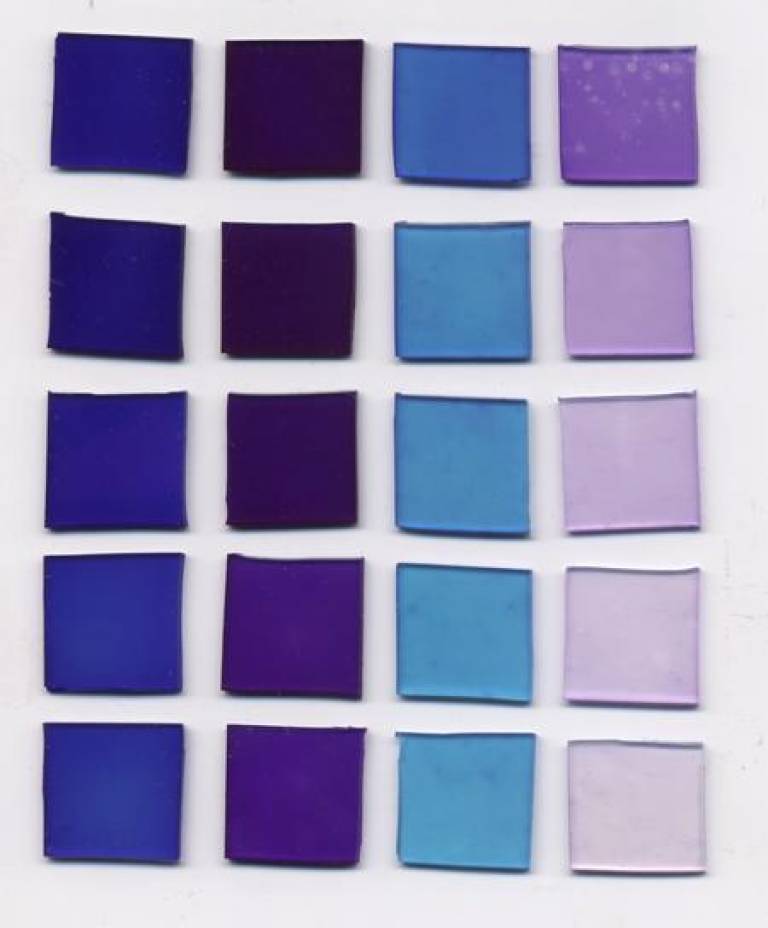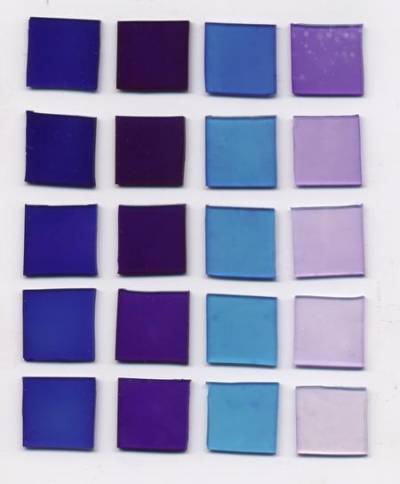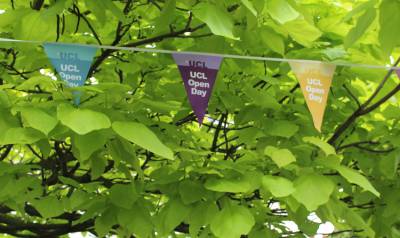Kills germs fast
7 April 2014

Researchers in UCL's Chemistry department have developed an antibacterial surface that could help cut down on hospital-acquired infections. Scientists have known for some time that certain dyes, when illuminated with strong light, have an antibacterial effect. This is a promising technology as, unlike antibacterial fluids that sit on a surface and can be easily wiped away, the germ-killing properties are part of the surface itself.
The team created a novel combination of two dyes - methylene blue and crystal violet - along with tiny particles of gold, and have produced the most potent light-activated antimicrobial surface to date. And unlike previous surfaces of this type, the combination of dyes kills bacteria even in the dark - albeit at a reduced rate.
Samples of silicone treated with these dyes are pictured above.
This unique ability to kill germs even in the dark means that the treatment could provide meaningful protection to hospital surfaces, including in areas with poor lighting, helping to reduce the spread of infections such as MRSA or Clostridium difficile.
The research, which is carried out in partnership with biomedical firm Ondine, was featured in a recent UCL press release.
Photo credit: Sacha Noimark (UCL Chemistry)
Links
High resolution image
This image can be reproduced freely providing the source is credited
 Close
Close





